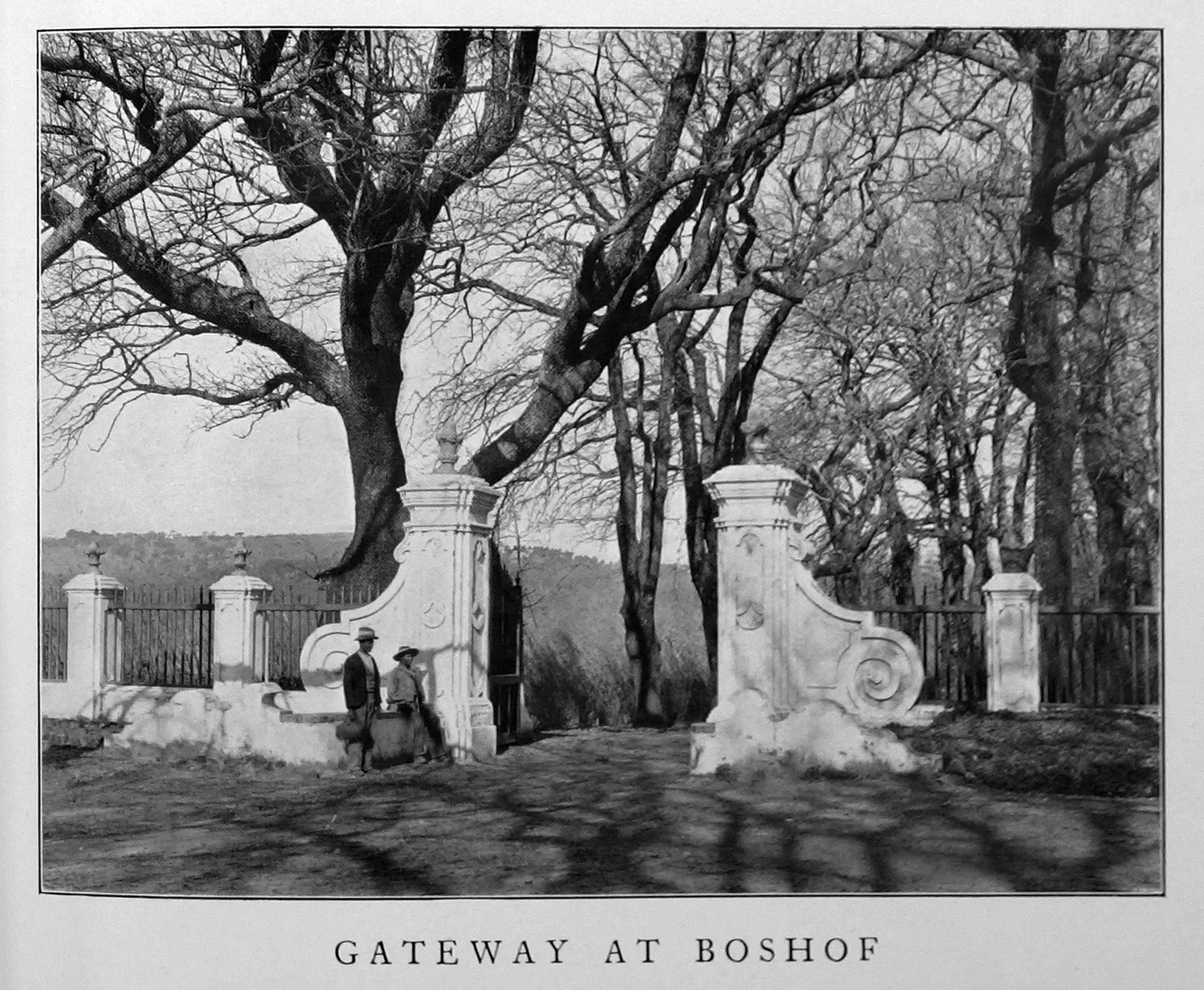Kim Harrisberg, “Murders of South African women as lockdown eases sparks online campaigns,” Reuters, June 16, 2020, ➝.
Pumla Dineo Gqola, Rape: A South African Nightmare (Johannesburg: Jacana Media, 2015).
See: Gabeba Baderoon, “The African Oceans: Tracing the Sea as Memory of Slavery in South African Literature and Culture,” Research in African Literatures 40, no. 4 (2009): 89–107; Pumla Dineo Gqola, “Like Three Tongues in One Mouth,” in Women in South African History, ed. Nomboniso Gasa (Cape Town: HSRC Press, 2007), 21–41; Pumla Dineo Gqola, What Is Slavery to Me? (Johannesburg: Wits University Press, 2010).
Gabeba Baderoon, Regarding Muslims: From Slavery to Post-Apartheid (Johannesburg: Wits University Press, 2014).
“If, in the context of colonial production, the subaltern has no history and cannot speak, the subaltern as female is even more deeply in shadow.” Gayatri Spivak, “Can the Subaltern Speak?” in Marxism and the Interpretation of Culture, eds. Cary Nelson and Lawrence Grossberg (London: Macmillan Education, 1988), 281.
Discussing the archives of the East India Company, Spivak notes: “it is possible to say that this was the construction of a fiction whose task was to produce a whole collection of ‘effects of the real’ and that the ‘misreading’ of this ‘fiction’ produced the proper name ‘India.’” Gayatri Spivak, “The Rani of Sirmur: An Essay in Reading the Archives,” History and Theory 24, no. 3 (1985): 250.
Fairbridge writes: “Groot Constantia is a landmark, and from it we may reckon the starting-point of South African architecture.” She goes on however to add the doubt that exists around the actual house: “There are some people who doubt whether the house that is so familiar to us is the actual house built by van der Stel.” Dorothea Fairbridge, Historic Houses of South Africa (London: Humphrey Milford, 1922), 11.
Trotter, for instance, says he has “sometimes wondered if Groot Constantia, being built early and almost certainly of good bricks from the Netherlands, was originally left unplastered, save for the ornamentation. The place is so associated with its mellow whiteness that it is difficult to visualize it in colour.” Alys Trotter, Old Cape Colony (London: A. Constable & Company, 1903), 58.
Nicholas Coetzer, Building Apartheid: On Architecture and Order in Imperial Cape Town (Milton Park: Routledge, 2013).
Kathryn Yusoff, A Billion Black Anthropocenes or None (Minneapolis: University of Minnesota Press, 2019), 25.
Fairbridge, Historic Houses of South Africa, 18–19.
Ibid., 116.
Trotter, Old Cape Colony, 274.
Fairbridge, Historic Houses of South Africa, 17.
Ibid., 60.
Yvette Christiansë, Unconfessed (New York: Other Press, 2006), 143.
Ibid., 144.
Yvette Christiansë, Toni Morrison: An Ethical Poetics (New York: Fordham University Press, 2013), 3.
Fairbridge, Historic Houses of South Africa, 60.
CJ 817: 245, cited in Yvette Christiansë, “‘Heartsore’: The Melancholy Archive of Cape Colony Slavery,” Rewriting Dispersal: Africana Gender Studies 7, no. 2 (2009): 1–26.
Ibid.
Spivak, “Can the Subaltern Speak?”
Brennar Bhandar, Colonial Lives of Property (Durham: Duke University Press, 2018), 3.
Christiansë, Unconfessed, 3.
Stuart Hall, “Constituting an Archive,” Third Text 15, no. 54 (2001): 89–92.
Christiansë, Toni Morrison, 10.
Trotter, Old Cape Colony, 96; Christiansë, Unconfessed, 66.
